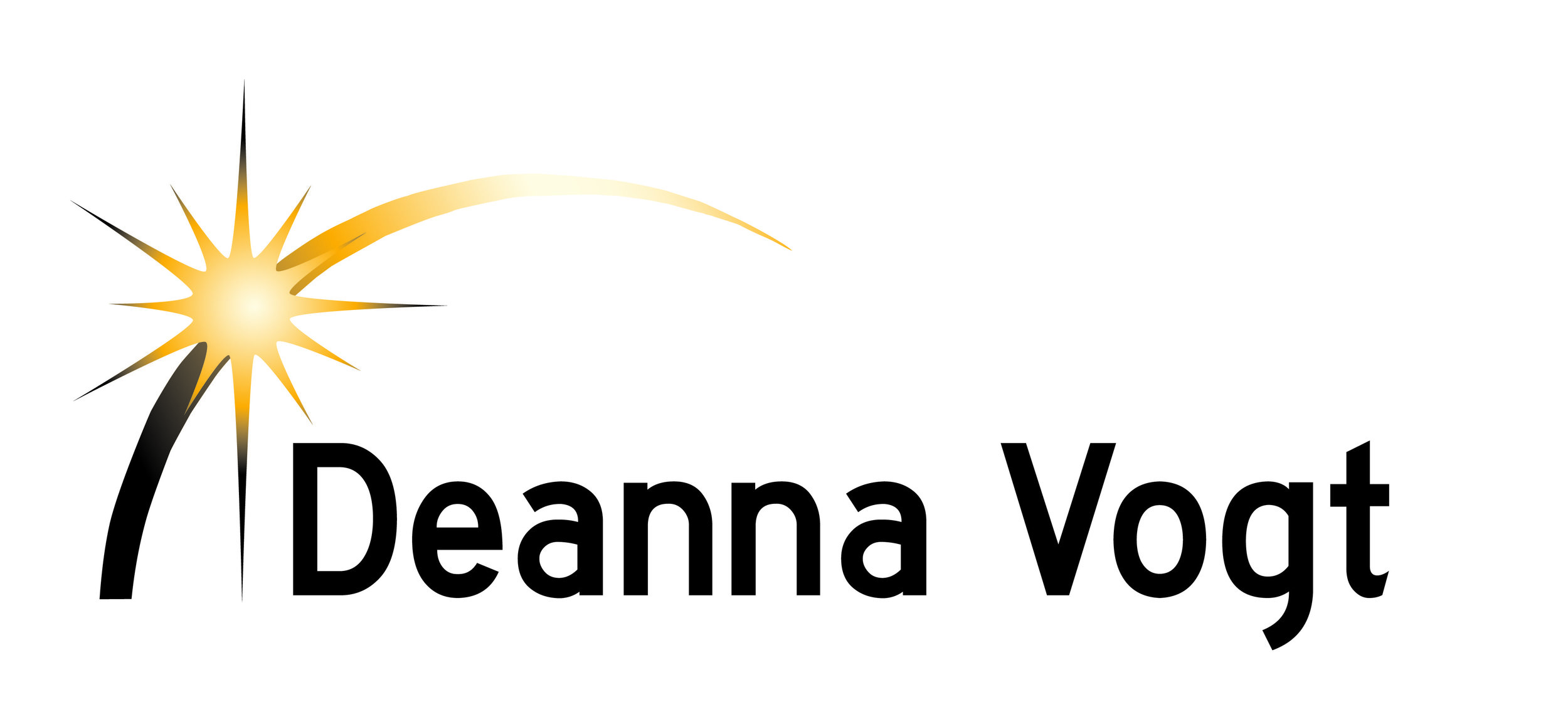The Four Stages of a Project Every Creative Should Consider
Your creative work has four faces, or stages in the creative cycle. These stages are laid out in order, one after the other, across the life of a creative venture.
We get hooked, figure out a project, slog it out, then put a bow on it.
But it looks different from inside the project, because the stages are also recursive: variable, cycling off and on and coming back around, wherever you are in the project. We can slip into the work and experience elements of any of the stages, regardless of where we are on a project level.
Rick’s Four Stages in Order
Let’s take an example. Rick, a client, is writing a thriller. He’s very near the end of the book, having moved along the arc of his project this way:
SPARK
First, Rick had the “bingo” experience of a great idea.
Spark is when the sweet whack of inspiration, wonder, or possibility appears.
Or it could be the hard thwack of the disorienting dilemma — something happens to make you see that things can’t go on as they are, something must change, and it’s up to you.
Either way, the status quo is shaken. The relative equilibrium of how things are shifts to the energy of change, exploration, or invention that you can’t look away from.
You have received an invitation, from you to yourself, from muse to decider, to new creative work.
Rick’s spark for this project came right after he started his first novel when traveled to visit family. Sitting in the parking lot of the gas station, waiting for his wife to come out with her coffee, he idly watched people coming and going from the little store in the night.
Half drowsy and disconnected from the scene, he saw in his mind a picture of a young woman in a motorcycle jacket and helmet walking away from the gas station and into the empty field behind it. He wanted to know where she was going, alone in the falling light, and why she was still wearing her helmet.
The image stayed with him even as he wrote on through his active project. The image called him to explore.
This is the work of Spark: Be there for the Wow moments.
Search
After the Spark experience, Rick gradually went on to finding that the idea from his motorcycle-woman image had legs. He created a rough outline that felt workable and discovered that some early writing felt right.
All of this took time, involving more incubation than active work. After his provocative glimpse into a new story that night in the parking lot, Rick continued to work on the novel he already had in play.
But from time to time, he worked with this image in his mind. Sometimes he wrote out scenarios and descriptions about the woman and what was going on with her. Finally, lines of a story began to speak to him, so he shaped them into something like an outline. Once he had sketched out a few scenes that felt both solid and promising, Rick decided he had a project to go forward on.
This is the work of Search: Can I find my footing with this idea?
Solve
Next, Rick found himself in the now-familiar long slog of writing the beautiful, exciting, terrifying, impossible thing—another novel.
As he finished the work of the Search stage of this gas-station inspired project, Rick chose to write the story of the woman in the bike helmet, though he would not be all-in with the project until he turned in the novel he already had underway. The novel turned out not to feature this woman, but she showed up in that pivotal scene, striding into a dark field behind a lonely gas station.
Once he really got started with the new novel, many creative problems were solved on the long path from spark to completion. That’s the nature and purpose of Solve. It’s a long slog of problem solving, exciting and unexpected insights, getting stuck and unstuck over and over.
This is the complex work of Solve: Work the problem. Open for the insight. Stay.
Share
Now we meet Rick in present day, stretched out on the couch with his laptop, marked up pages scattered over the floor. He wraps it up in the last chapter of the book, testing that it hangs together, fretfully trying on alternate endings.
Rick has been getting feedback from his writing group, while working against an editorial deadline that has been extended a couple of times already. In the background, he’s also working through ideas about titles, covers, and marketing plans. He can’t help wondering what might come next for him after he releases this novel into the world.
Being in Share means the knottiest problems have been solved. The energy of this stage moves away from the raw creation of something new. Now it’s a checklist:
Wrap things up.
Test everything together.
Adjust.
Get more feedback.
Adjust.
Get ready to show, share, or ship this project that was once just a brain flicker.
This is the work of Share: Wrap it up. Send it out.
Next up: Rick’s four stages, and your creative experience, all out of order.
Identifying details about real people or client companies are changed or combined for privacy unless otherwise stated.

